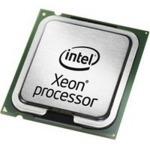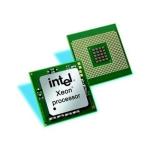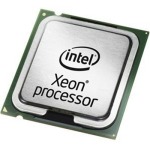Description
Intel Virtualization Technology (VT-x) allows one hardware platform to function as multiple virtual platforms. It offers improved manageability by limiting downtime and maintaining productivity by isolating computing activities into separate partitions.
Intel Virtualization Technology for Directed I/O (VT-d) continues from the existing support for IA-32 (VT-x) and Itanium processor (VT-i) virtualization adding new support for I/O-device virtualization. Intel VT-d can help end users improve security and reliability of the systems and also improve performance of I/O devices in virtualized environments.
Intel 64 architecture delivers 64-bit computing on server, workstation, desktop and mobile platforms when combined with supporting software. Intel 64 architecture improves performance by allowing systems to address more than 4 GB of both virtual and physical memory.
Idle States are used to save power when the processor is idle. C0 is the operational state, meaning that the CPU is doing useful work. C1 is the first idle state, C2 the second, and so on, where more power saving actions are taken for numerically higher C-states.
Enhanced Intel SpeedStep Technology is an advanced means of enabling high performance while meeting the power-conservation needs of mobile systems. Conventional Intel SpeedStep Technology switches both voltage and frequency in tandem between high and low levels in response to processor load. Enhanced Intel SpeedStep Technology builds upon that architecture using design strategies such as Separation between Voltage and Frequency Changes, and Clock Partitioning and Recovery.
Intel Demand Based Switching is a power-management technology in which the applied voltage and clock speed of a microprocessor are kept at the minimum necessary levels until more processing power is required. This technology was introduced as Intel SpeedStep Technology in the server marketplace.
Execute Disable Bit is a hardware-based security feature that can reduce exposure to viruses and malicious-code attacks and prevent harmful software from executing and propagating on the server or network.
Intel VT-x with Extended Page Tables (EPT), also known as Second Level Address Translation (SLAT), provides acceleration for memory intensive virtualized applications. Extended Page Tables in Intel Virtualization Technology platforms reduces the memory and power overhead costs and increases battery life through hardware optimization of page table management.




